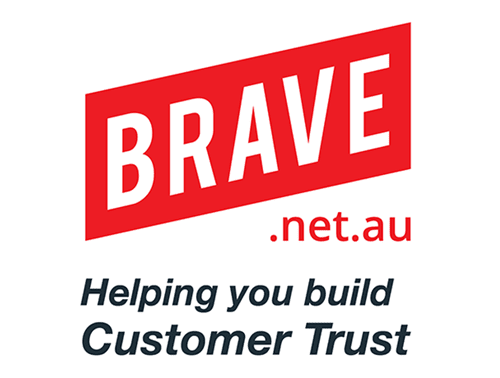Understanding Shopping Behaviour in Google Analytics
When running an ecommerce store, understanding your customers’ shopping behaviour is crucial for optimizing your website and increasing conversions. Google Analytics offers a wealth of data that can help you understand how users interact with your site. Here’s how you can read and utilise this data effectively.
Setting Up Ecommerce Tracking
Before diving into the data, ensure that you have set up ecommerce tracking in Google Analytics. This involves adding specific tracking code to your website, which can be done through Google Tag Manager or by directly modifying your website’s code. Once set up, you’ll be able to track transactions, revenue, and other key metrics.
Key Metrics to Monitor
- Conversion Rate: This tells you the percentage of visitors who complete a purchase. A low conversion rate might indicate issues with your website’s usability or that you’re attracting the wrong type of traffic.
- Average Order Value (AOV): This metric shows the average amount spent per transaction. Increasing your AOV can significantly boost your revenue.
- Shopping Cart Abandonment Rate: High cart abandonment rates can signal issues in your checkout process or unexpected costs, like high shipping fees.
Using Behavior Reports
Google Analytics provides several behavior reports that can give you insights into how users interact with your site. Key reports include:
- Behavior Flow: This report visualizes the path users take through your site. It can help identify pages where users drop off or get stuck.
- Site Content: This report shows which pages are most popular and how long users spend on each page. Use this information to improve content on high-traffic pages.
- Events: If you’ve set up event tracking, this report shows interactions with specific elements on your site, like button clicks or video plays.
Enhancing Your Ecommerce Store
Armed with insights from Google Analytics, you can take several steps to enhance your ecommerce store:
Improve Website Design
A well-designed website can significantly impact user experience and conversion rates. Consider investing in a business website design that is intuitive, visually appealing, and mobile-friendly.

Optimize Product Pages
Your product pages should provide all the information customers need to make a purchase decision. This includes high-quality images, detailed descriptions, and customer reviews. Ensure that your pages are also optimized for search engines by including relevant keywords.
Streamline the Checkout Process
A complicated or lengthy checkout process can lead to cart abandonment. Simplify your checkout process by reducing the number of steps, offering multiple payment options, and providing clear information about shipping costs and delivery times.
Personalize the Shopping Experience
Use data from Google Analytics to personalize the shopping experience for your customers. This can include recommending products based on browsing history or sending personalized email offers.
Keyword Suggestions for SEO Optimization
To further optimize your ecommerce store and attract more organic traffic, consider incorporating the following keywords into your content:
- Ecommerce website optimization
- Improve online store performance
- Increase ecommerce conversions
- Ecommerce user behavior analysis
- Google Analytics for ecommerce
- Reduce cart abandonment rate
- Enhance ecommerce user experience
- Boost ecommerce sales
- Ecommerce tracking setup
- Ecommerce conversion rate optimization
By strategically using these keywords, you can improve your site’s visibility in search engine results and attract more potential customers.
Improving your ecommerce store involves a combination of understanding user behavior through Google Analytics and making data-driven changes to your website. By focusing on key metrics, enhancing your site design, optimizing product pages, streamlining the checkout process, and personalizing the shopping experience, you can significantly boost your ecommerce performance.
For professional assistance with business website design and other digital marketing strategies, consider partnering with BRAVE.net.au, an Australian-owned agency specializing in helping businesses grow through online marketing.
By following these steps and continuously monitoring your progress through Google Analytics, you’ll be well on your way to creating a successful and profitable ecommerce store.






